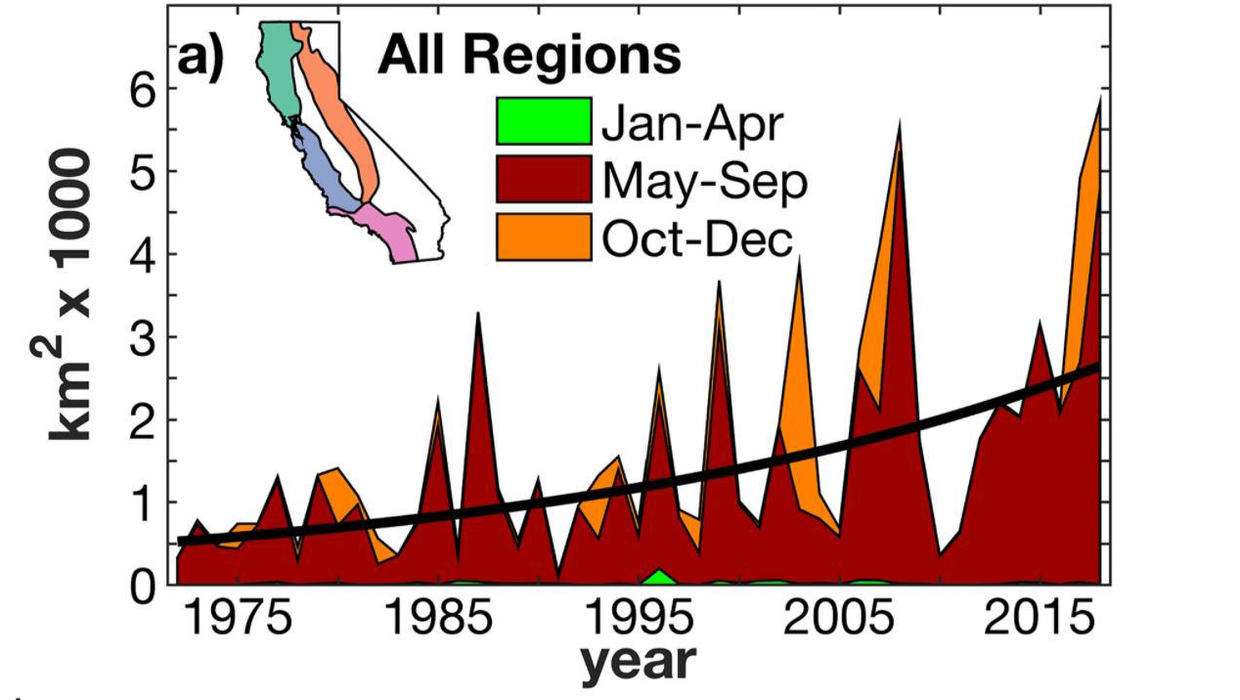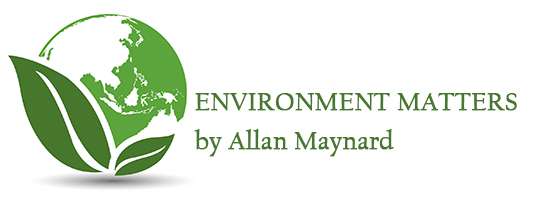WILDFIRES: THE IMPACT OF CLIMATE CHANGE
Allan Maynard, September 23, 2020
In just a matter of a few weeks, California has experienced 6 of the largest wildfires in its modern history creating untold misery for tens of thousands. Moreover, the state has toppled all-time temperature records from the desert to the coast. Millions are suffering from some of the worst air quality in years due to heat-triggered smog and fire smoke. An apocalyptic plume has blanketed most of the West Coast, blotting out the sun and threatening people’s lungs during a deadly pandemic. Cities across the state have opened “cleaner-air centers”, where people who can’t afford purifiers or don’t have homes can escape the smoke for a few hours. But they have been less frequented than in previous years because of concerns about Covid-19. Public spaces such as libraries have been closed, eliminating another respite.
Fires have also been raging at unprecedented levels in Oregon and Washington. Unlike 2017 and 2018, British Columbia, has had a modest fire season. However, the southern half of the province became blanketed in smoke from the fires south. Vancouver BC, during the period September 11 to 19, 2020, had the worst air quality readings in the world.
In addition to concerns in North America, the year 2020 has seen unprecedented fires cause havoc across the world. Australia recently battled its largest bushfire on record, while parts of the Arctic, the Amazon and Central Asia are still experiencing severe blazes.
The resulting health concerns are considerable. Wildfire smoke is a very complex type of air pollution consisting of a variety of gases and small particles (Sarah Henderson – UBC). Of particular concern, is particulate matter smaller than 2.5 microns in diameter (about 30 times smaller than the diameter of human hair)—also referred to as PM 2.5. These small particles, and ones even smaller, are capable of penetrating deep into a person’s lungs. The body responds by releasing the same immune cells it would deploy to attack a virus. Unlike a virus, however, particulate matter isn’t broken down by that immune response. This can then result in long-lasting inflammation in many people. It is estimated that wildfire smoke is responsible for 5 to 8% of the 3.3 million annual worldwide deaths due to poor air quality.
Forest management is a significant factor in the continuing issue of wildfire crises. Fires are a critical component of forest ecosystems. Fires thin out the vegetation, and create the required conditions for forest renewal. However, a century of trying to suppress all forest fires, and a population boom at the “wild-and-urban” interface has resulted in an abundance of ignitable fuel. It has also brought more of the electricty grid into forested areas. Downed wires (usually from wind) are beoming more significant in igniting forest fires.
Unfortunately, forest management has become the primary talking point of some media along with the current US federal administration. Like President Trump, conservative media stars dismiss climate change and point to the poor management of forestland by local officials. In fact – a fringe right-wing website, “The Gateway Pundit”, has outlandishly blamed ‘left wing arsonists” for the fires.
Visiting California on September 14, 2020 to witness the destruction firsthand, Mr. Trump took western states to task for failing to manage the forests properly (forgetting that most forest lands are under federal jurisdiction). During a meeting with California officials who pushed him to acknowledge the role of climate change in the wildfires, the president said: “It’ll start getting cooler – You just watch.” He went on to claim “I don’t think science knows actually”. He is dangerously wrong. The science is clear.
Climate change – It needs to be clearly stated, no amount of forest management can stop the disasters in an ever-more flammable world. The link between fires and climate is basic physics: Human greenhouse gas emissions have warmed the planet. Higher temperatures evaporate more water, drying out vegetation and making it more likely to ignite. In the American West — where temperatures are already as much as 4 degrees Fahrenheit (approx. 2 C) hotter than in the preindustrial era — landscapes are burning in fundamentally different and more destructive ways.
The trends alone can tell the tale:
- There are 10 times more fires than in the 1970s
- In the western US, the climate crisis has doubled the area burned by wildfire from 1984 to 2015, according to research cited in the federal government’s climate assessment.
- Fifteen of California’s 20 worst fires have occurred in the past 20 years
- As of mid-September of this year – 3.2 million acres (5000 square miles) of California forests have been incinerated – almost double the area burned last year.
- The Camp Fire of 2019, considered one of the most intense fires in modern history, destroyed the town of Paradise, CA (26,000 population). It burned at a rate of 1 acre per second, incinerating100, 000 acres of forest, and 19,000 structures. Lives lost – 86.
- Australia – As of mid- March 2020, the 2019/ 2020 fires burnt an estimated 18.6 million hectares (46 million acres), destroyed over 5,900 buildings (including 2,779 homes) and killed at least 34 people. Nearly three billion terrestrial vertebrates alone – were affected and some endangered species are now believed to have been driven to extinction. At its peak, air quality was at hazardous levels in all southern and eastern states.
- On May 1, 2016, a wildfire began southwest of Fort McMurray, Alberta, Canada. … With an estimated damage cost of C$9.9 billion, it was the costliest disaster in Canadian history. The fire spread across approximately 590,000 hectares (1,500,000 acres) destroying 2400 homes and forcing the evacuation of over 80,000 people before it was declared to be under control on July 5, 2016.
- The Arctic is burning like never before. These fires are releasing record levels of carbon dioxide, partly because they are burning ancient peatlands that have been a carbon sink for millennia.
The graphic below adds an additional perspective on areas burned in California since 1975. It is noteworthy that the October to December period is increasingly significant due to longer lasting dry seasons – from Increase in California areas burned by wildfires, 1975 to 2015. WILLIAMS, ABATZOGLOU ET AL., EARTH’S FUTURE

These are stunning statistical trends adding to a growing body of evidence that climate change is the main driver. Such statistics need to be addressed within more rigorous research that is then published in peer review literature. This is how science works. Scientists build on the work of others to create greater and more conclusive scientific knowledge. The studies review trends, work with complex models, along with considering metrics such as fuel and soil aridity, fire temperatures, speed of fire spread, wind factors and more. The research on wildfires is abundant and increasingly clear. A few examples are provided below:
Dr. F Otto – acting director of the Environmental Change Institute at the University of Oxford, has rigorously assessed the Australian fires. She concluded that temperatures during the 2019/2020 bushfires were 1 to 2 degrees hotter than they would have been in the early part of the 20th century. A quote for this author — “We found that climate change made the bushfires at least 30% more likely – and that is a conservative estimate”.
In Canada – a study by Dr. M. Kirchner-Young concluded that Canada’s 2017 fire season, which saw a record 1.2 million hectares of land burned, was driven by “extreme warm and dry conditions” heightened by climate change. The study estimated that the total area burned across the season was made seven to 11 times larger by climate change.
A study in the Proceedings of the National Academy of Sciences found that human-caused climate change doubled the amount of forest burned between 1984 and 2015. California’s own climate assessment in 2018 predicted that higher temperatures would cause 2.5 million acres to burn annually — the models just did not expect it to happen until 2050.
This article would be many more pages if I cited all the relevant literature I have reviewed. Suffice to say – climate change is the most significant factor associated with the wildfire crises around the world. Climate change leads to increased aridity, prolonged droughts, longer seasonal dry seasons, decreased snow packs and a shift in wind direction and intensity. Wildfires will get increasingly disastrous unless governments around the world tackle climate change in a significant manner. Citizens around the world that have the privilege to vote need to elect leaders that acknowledge the climate crisis and have significant plans to address the many challenges we face.
Some References
Forest Fires – A Clinical Primer. BC Medical Journal, August 2016
Attribution of the Australia Bushfire Risk to Anthropologic Climate Change. World weather attribution – June 10, 2020
Explainer: How climate change is affecting wildfires around the world – July 14, 2020

Another well presented article Allan. Thanks for posting it.
Al, Thank you for another excellent article which sums up the wildfire situation. It’s only a matter of time before the East begins to experience a similar faith. This summer will probably go down as one of the driest ever. Lake levels at record lows. I’ve begun to rake the forest up at the lake…. Paul
Sent from my iPad
>